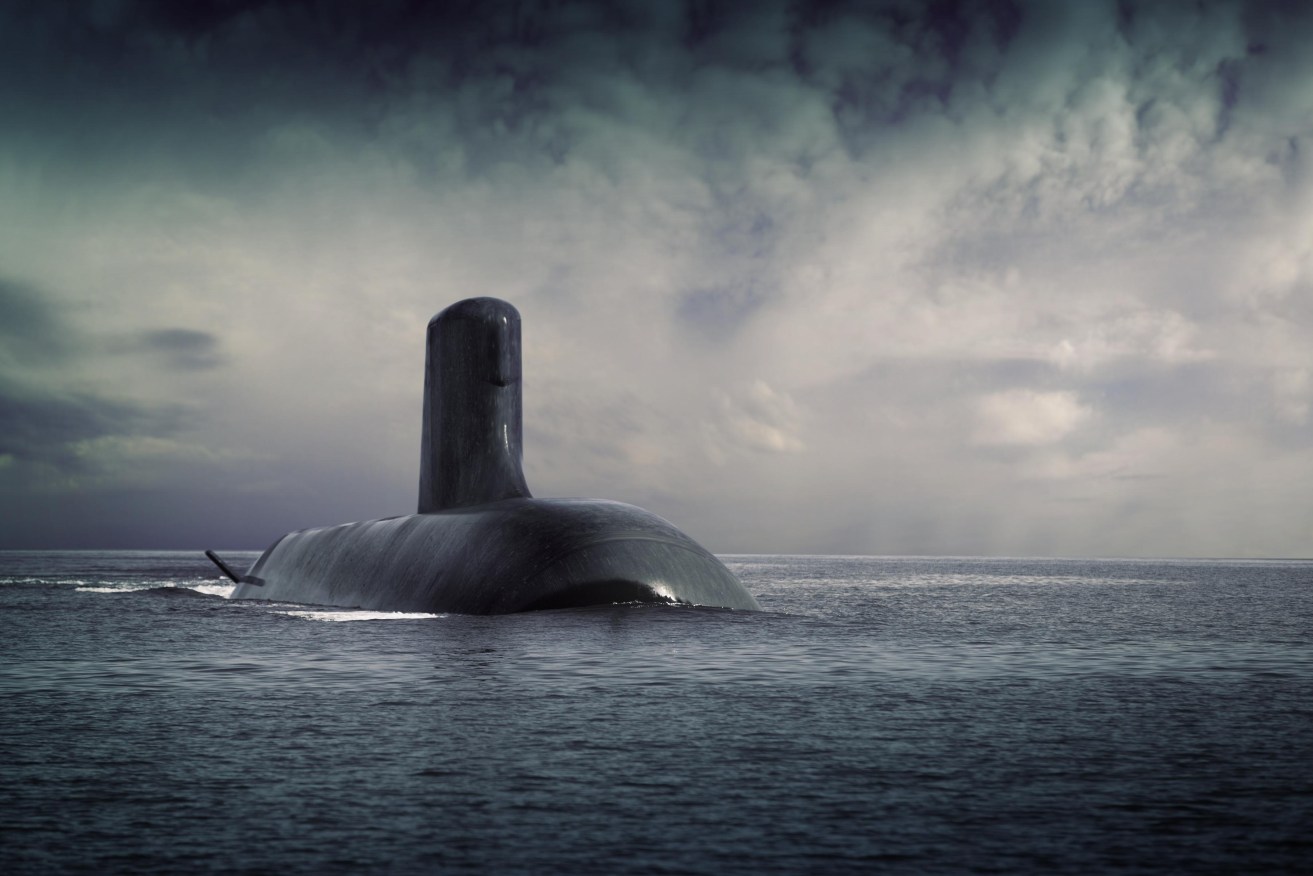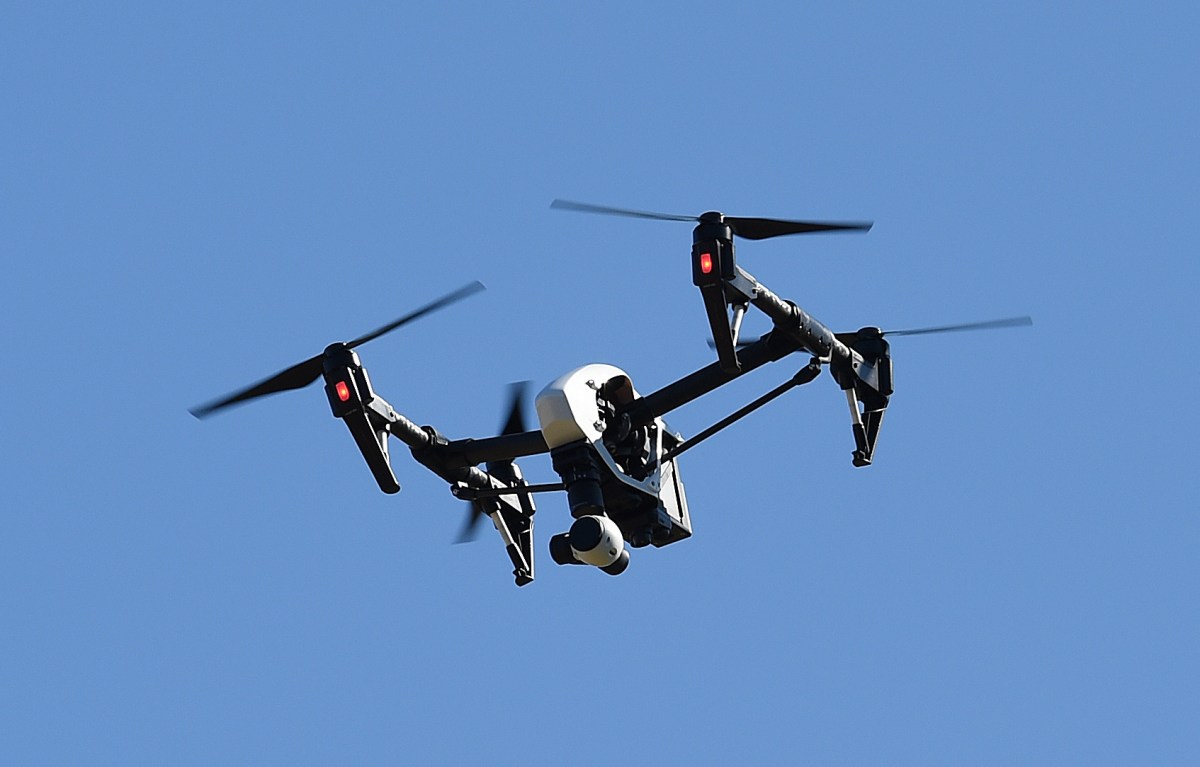Moment arrives for SA to torpedo beggar state label
The future submarine decision is great news for Adelaide but, asks Richard Blandy, will it release South Australians from our reliance on government or help Arrium and Whyalla?


The French submarine design for Australia's future vessels.
The Commonwealth Government’s decision that 12 French-designed submarines are to be built at Osborne is unequivocally great news for South Australia. It is sound Australian defence policy as well: Australia should be able to build and maintain its own warships.
The price tag is high – too high, by some margin that is not very clear. We should endeavour, with French help, to reduce the cost of building these vessels, over time, so that our submarines, eventually, are competitive in cost with building submarines in other countries.
This was the ambition of Don Williams, the Australian Submarine Corporation’s first managing director, with respect to the Collins submarines being built at Osborne. He told me, during an inspection of the shipyard, that he wanted our submarine-building capability to be so good that we would export submarines to navies all over the Pacific. Unfortunately, his ambition was not realised.
This is the nub of one of the main economic arguments in favour of industry protection against imports – the “infant industry” argument. This argument goes that we could be world-beaters at making submarines, for example, if only we could get experience at it.
Without such experience, we would not be able to compete against countries now building submarines. This justifies building our own submarines at a premium cost, initially, in the knowledge that, over time, our costs will fall below those of competing countries.
South Australians owe it to our fellow Australians in other states to undertake that the sixth Shortfin Barracuda built at Osborne (say) will be cheaper than such a vessel built at Cherbourg.
Otherwise, our fellow Australians are justified in their widespread belief that South Australians are a bunch of mendicant rent-seekers, living off the sweat of the rest of their countrymen and women.
We should use the opportunity provided by the subs contract to bring this period of South Australian economic and political history to an end – to end the Playford era, once and for all.
We must use the subs decision to break out of our widespread rent-seeking mindset, where too many, including businesses, have their hand out for support from the Government.
We should set to work now to start to wean ourselves off this mindset, one that has afflicted our politics and our economy for at least the last quarter century after tariffs started to come down under the Hawke/Keating Government.
Probably, this mindset became entrenched under the earlier long premiership of Tom Playford, when Adelaide boomed under the post-war wave of Australian protectionism.
We should use the opportunity provided by the subs contract to bring this period of South Australian economic and political history to an end – to end the Playford era, once and for all.
During this era, South Australians have come to see government action as the answer to all major economic problems. We have become far too dependent on the government “doing something”.
Well, the South Australian Government must “do something” now. It must stop us being so dependent on it. This is a counter-intuitive political idea. But the Government is broke, and, as I argued in my last column, the only way to get new freedom to manoeuvre is to free up the private sector by deregulating, and cutting taxes and the government’s own spending. If only for small start-up businesses, tell anybody willing to start anything that they do not have to register their existence even. Only when someone complains about them will the government start to take an interest.
The best thing about the subs decision is the boost it will give to confidence in the state’s economy and in ourselves. But it will not solve the state’s immediate economic and employment crisis. I may be dead before the first Shortfin Barracuda is launched in 15 years’ time. Far more important for our immediate economic outlook, associated with shipbuilding, at any rate, are the patrol boats and frigates decisions. The Collins class subs are going to need refits as well, to give us some sort of effective underwater deterrence in the meantime.
So it doesn’t matter, really, that the steel to be used in the Shortfin Barracuda is to be “Australian steel”. This is too far off to help Arrium and Whyalla, leaving aside the fact that Whyalla does not make the steel required to build submarine hulls. (It was pretty cynical of the Prime Minister to imply with his comment that the subs decision could help Whyalla.)
While profoundly welcome, the subs contract is not a panacea for South Australia’s present economic difficulties.
In fact, I would have thought that the steel required for submarine hulls is probably highly specialised and made by only a handful of steelworks (probably French, included).
How much local content is actually possible in building the Shortfin Barracuda? For starters, quite a few French submarine builders will be required to help, especially in supervising, our local build at Osborne. At least at the outset. So the employment numbers that are bandied about (not being even very large in number when cast against more than 800,000 jobs in South Australia already) are not all additional jobs for South Australians.
A submarine is made up of many sub-assemblies, many very high-tech, including the weapons and communications systems to be provided by the United States. My understanding is that other Australian States are already looking intently to see what high value, high technology assemblies they can develop expertise in, and contracts for, to be part of South Australia’s Shortfin Barracuda build. How much value-add will South Australia actually be able to get out of the $4 billion per sub to be spent on our Shortfin Barracudas? We had better put our technology skates on.
Furthermore, in the 35 years before the last Shortfin Barracuda rolls out of the yards at Osborne, might not manned submarines have been overtaken by technological progress, as manned strike aircraft are starting to be? Drone technology is advancing in leaps and bounds. This is a technology in which South Australia already is a world leader, where we really could capture technologically-based, high value-add.
For a Premier who is keen on a driverless car future for Adelaide, it is remarkable that he has not yet, publicly, at any rate, seen a potential, driverless submarine future for Osborne – part of our world-leading drone technological base.
Pittsburgh switched from steel to robots. Adelaide (maybe Whyalla, as well) can switch from cars to drones, including underwater drones (to be built at Osborne/Whyalla) as well as flying and land-based drones.
While profoundly welcome, the subs contract is not a panacea for South Australia’s present economic difficulties.
In the next few years, unemployment will edge higher, maybe quite a bit higher. But the subs contract and the other navy ship-building orders that have been placed with Osborne provide a bolster underpinning the long-term outlook for that part of our economy. For that we can be profoundly grateful to the rest of Australia.
The quid pro quo is that we must be worthy of our fellow Australians’ support and trust in us – and not only do our best to produce a world-beating sub at a world-beating low cost, but to show our fellow Australians that we are turning over a new leaf and forsaking our rent-seeking, mendicant approach to life more generally.
Richard Blandy is an Adjunct Professor in the Business School at the University of South Australia and a weekly contributor to InDaily.





